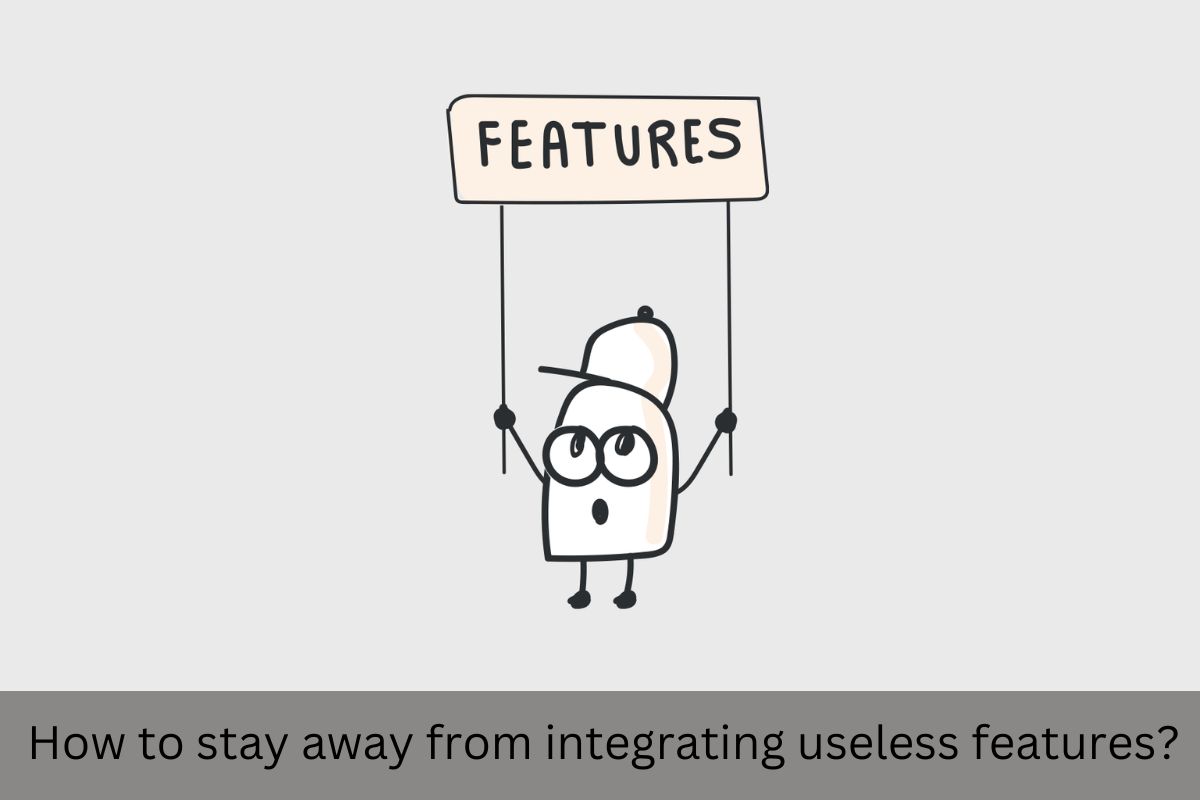Many businesses prefer to pack their products with features. They contend that including too many features boosts a product’s marketability and usability. However, adding a new feature to a product required them to expend a lot of money and time. The price goes up as new features are integrated. But frequently, many features go unused. Customers want to use and pay for those features which are useful to them. They switch to another product with the features they want because of this.
It can be expensive and time-consuming for your product manufacturing team to add features to your product that no one will use. Additionally, it won’t produce the expected ROI. Therefore, it is crucial to avoid building features that will negatively affect your brand and sales.
The best way to give customers what they want from your product is to gather customer feedback prior to launching a product with a new feature.
Consequences of adding features that go unused
A product may fail if it has too many features that are never used. It is simple to fall into this trap in the IT industry. Software companies continue to add new features while raising their prices as a result of the intense competition in this industry. They believe that including these features keeps them one step ahead of their rivals. However, the reality is just the opposite; they will have low sales and a high churn rate.
How do you avoid building features that will never be used?
A bad idea is the most dangerous thing for a business. A bad idea of stuffing useless and unchecked features impedes the product’s growth. To save your team’s time and effort, it is critical to identify unnecessary feature and avoid adding it to your product.
The addition of a feature improves the product’s functionality. To understand a feature’s functional value for customers, a broad analysis is required. Rather than focusing on your competitor’s product features, you should focus on your customers’ needs.
Understanding your customers’ need
The customer feedback management process is an effective way to understand your customers. After incorporating your product into their workflow you can set up a survey for product feedback. It will assist you in knowing their viewpoint and experience with your product.
Asking your customers for a new feature
A customer-centric approach is always beneficial to the growth of your brand. Before adding a new feature to your product, ask your customers what they expect from it. You can also confirm your idea of adding a specific feature by asking them if it is worth it.
Analyzing the behavior of the customers
Analyzing how your customers interact with your product also provides you with useful information about the value of your new feature. You can use an effective customer feedback management tool to learn about your customers’ reactions to the new feature.
A feature for functionality and not for the appeal
Consider a feature rather than an element of your product’s appeal. Choose feature integration that will help your customers solve a specific problem. Data from customer feedback can help you make the best feature integration decision.
When developing a new feature, keep the user’s experience and requirements in mind. It is critical to focus on developing a feature that provides the best solution for your customers. Avoid unnecessary extras that only complicate a product’s operation rather than improving its performance. It leads to confusion and dissatisfaction among customers. The points mentioned above can assist you in avoiding feature integration that no one will use.



